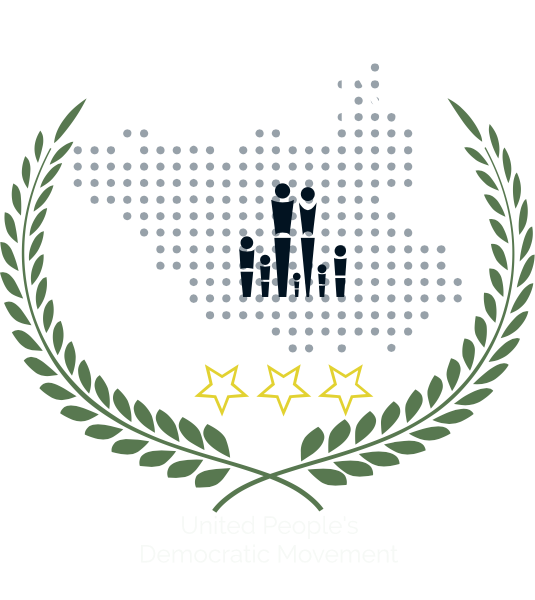
Abstract
This working paper documents the strategy of the Dinka-led government of South Sudan to achieve dominance over the state’s instruments of power and claim the land of non-Dinka peoples. The findings are the outcome of extended ethnographic fieldwork in war-affected regions of South Sudan. This strategy, years in the making, began with the destabilisation of regions bordering traditional Dinka lands and was followed by the forced displacement of non-Dinka populations. As the title states, “ethnocide” has been employed as a tool of state-building.
This ethnocide, led by the country’s “organised forces” (the national army, police and irregular militarised groups), is characterised by the indiscriminate killing of civilians based on ethnicity and the systemic use of rape against women and men. The state has targeted Nilotic-speaking populations of Nuer and Shilluk, along the borders of Ethiopia and Sudan; Bantu speakers from the Equatoria region, bordering Uganda and Kenya; and the Fertit, Balanda and Luo peoples of Greater Bahr el Ghazal region, northwestern South Sudan.
PDF: ‘‘ethnocide,’’ the Dinka strategy to achieve dominance and claim the lands of non-Dinka.
Having achieved mass displacement in large parts of the country, the president then put into law measures that disenfranchise non-Dinka peoples, including the re-mapping of the country into gerrymandered states and counties that ensure a Dinka monopoly over national and regional decisionmaking. The paper examines the complex drivers – both from the state and, whether intentional or not, the international community – that have brought this plan for Dinka supremacy to fruition.
###
The current civil war, which began in December 2013, has divided the population along ethnic lines: specifically, Dinka and Nuer peoples. Dr Berger documents the strategy of the Dinka led government (Or JCE – Jieng Council of Elders) strategy to achieve dominance over the state’s instruments of power and claim the lands of non-Dinka peoples.
A process the government is driving under the cover of a Revitalised-ARCSS, including by influencing the work of the so-called Independent Boundary Commission (IBC) to revisit well established borders to justify the JCE 32 states, or seen in surprising CTSAMVM pronouncements of selective finger pointing of non signatories to the agreement, or be it IGAD threatening to brand non signatories as spoilers. One of the lamest excuse “this is the only agreement we have and we will not renegotiate” prevents the agreement to take into account the root causes which include tribalism and Dinka domination.
Dr Carol Berger has discussed the use of sexualised violence and reviewed the strategy of Western humanitarian interventions aimed at preventing gender-based violence. Dr Berger argues that these interventions may, in fact, be exacerbating the situation. The humanitarian narrative focuses on “empowering” women and girls. The rape and mutilation of civilians, both female and male, has become a norm among militarised forces.
####
Dr Carol Berger holds a DPhil (Anthropology) from the University of Oxford and is a Commonwealth Scholar. She is an independent researcher who has spent years in South Sudan, beginning from 2006, completing doctoral fieldwork, and later working as a researcher/analyst for the UN Mission in South Sudan (UNMISS).
